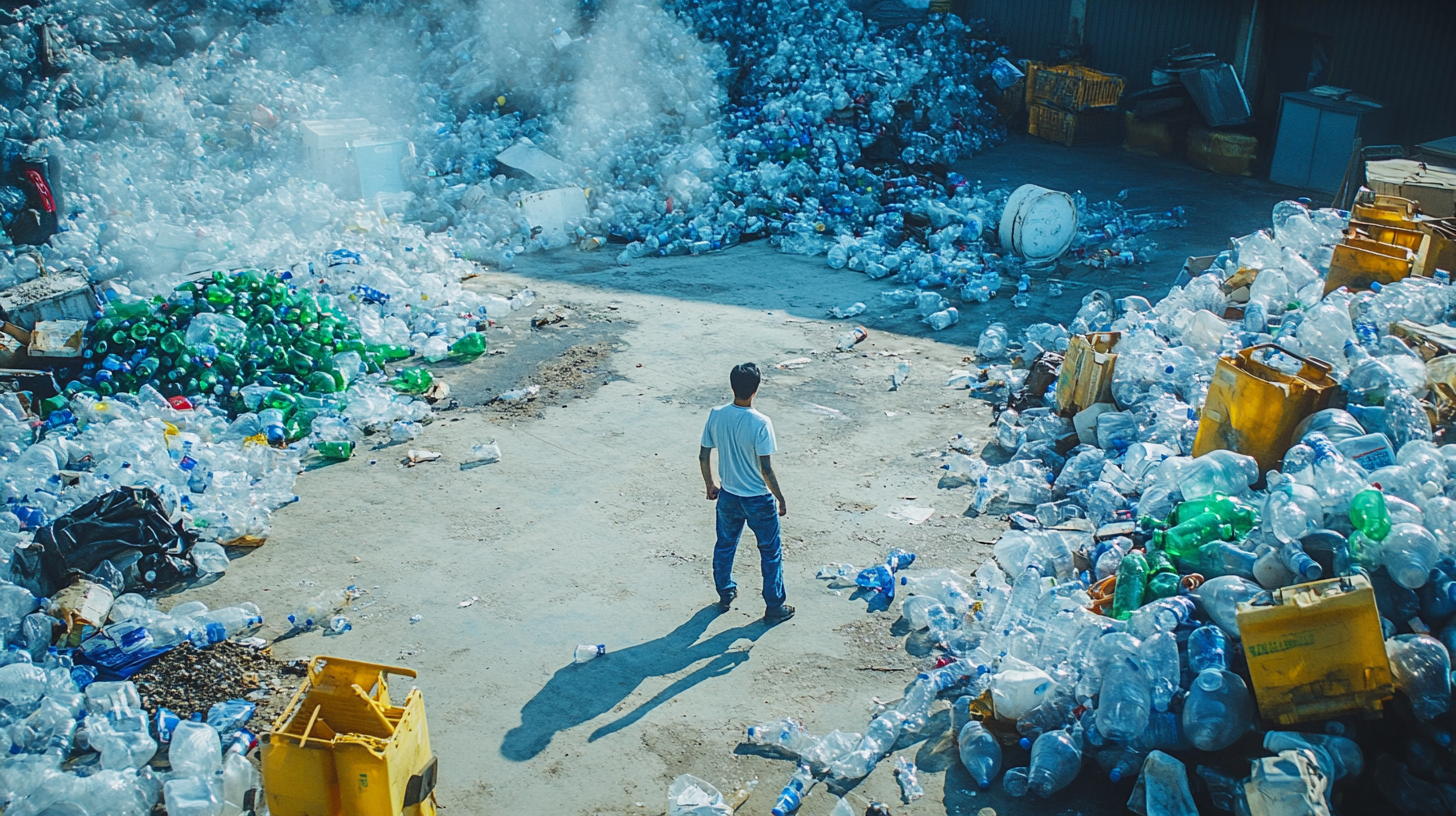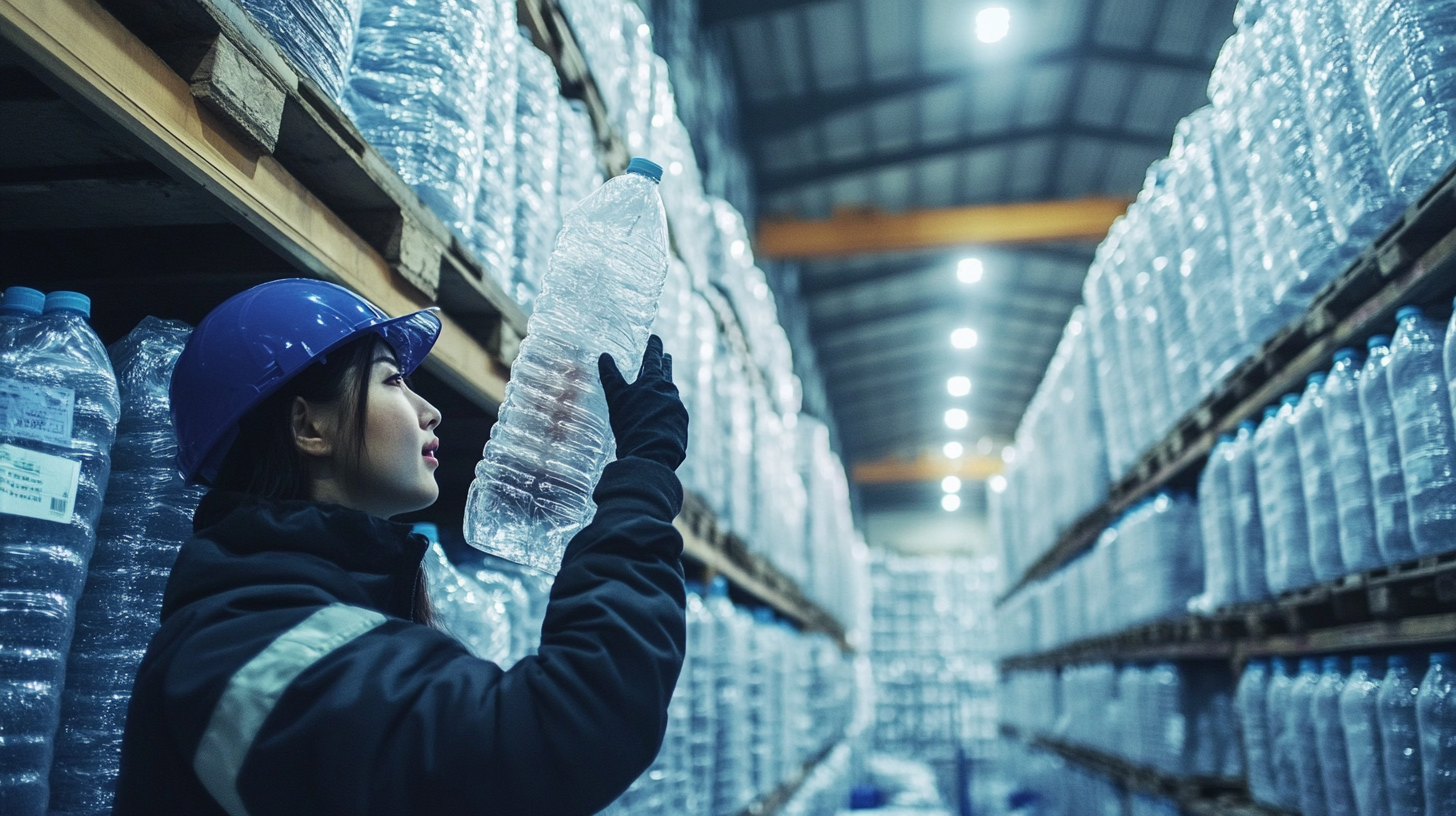Navigating Tariff Challenges How Chinese Manufacturers Thrive as the Best Plastic Bottle Supplier
In recent years, the global landscape of trade has been significantly shaped by escalating tariffs and trade tensions, particularly between the United States and China. Despite these challenges, Chinese manufacturers have showcased remarkable resilience and adaptability in their operations, allowing them to thrive as leading players in the competitive market of plastic bottle supply. With innovations in production techniques and a keen understanding of market demands, they have not only managed to weather the storm of rising tariffs but have also positioned themselves as the best plastic bottle suppliers on the world stage. This blog explores how these manufacturers navigate the complexities of tariff challenges, leveraging strategic advantages and fostering partnerships to maintain their growth trajectory. By examining their strategies, we uncover the secrets behind their success and the implications for the future of global trade in plastic packaging.

Understanding the Impact of U.S.-China Tariffs on the Plastic Bottle Industry
The U.S.-China tariffs have significantly reshaped the landscape of the plastic bottle industry, presenting both challenges and opportunities for manufacturers. In 2024, over half of the U.S. plastic scrap exports went to Mexico and Canada, highlighting a shift in trade dynamics. These countries now account for about 30% of PET resin imports, clearly indicating a growing reliance on North American supply chains amid tariff uncertainties. This shift not only influences cost structures but also the overall strategic direction for manufacturers seeking competitive edges.
With the implementation of tariffs reaching up to 25% on imports from key regions, companies in the plastics sector are pivoting towards innovative solutions. Industry analysts express concerns about how tariffs may impact the recycling market, as shifts in input costs could lead to increased usage of PET bottles instead of traditional aluminum. For example, one major beverage company indicated it may redirect its packaging mix towards plastic bottles if market conditions continue to fluctuate. Understanding these dynamics is crucial for manufacturers aiming to thrive in a competitive marketplace.
**Tips for Manufacturers:**
- Keep abreast of tariff developments and their implications for raw material costs to optimize pricing strategies.
- Explore alternative markets for sourcing resin and recycled plastics to mitigate risks associated with tariffs.
- Invest in sustainable practices that not only comply with regulations but can also enhance brand reputation and appeal to eco-conscious consumers.

Analyzing Market Trends: Growth in Chinese Plastic Bottle Exports Amidst Tariff Challenges
Chinese plastic bottle manufacturers have demonstrated remarkable resilience amid global tariff challenges, maintaining a steady growth trajectory in exports. With an increasing demand for lightweight and versatile packaging solutions, these manufacturers have quickly adapted to the shifting market dynamics. The robust infrastructure, coupled with significant investments in technology and innovation, has enabled Chinese suppliers to optimize their production processes. This efficiency not only helps mitigate the impact of tariffs but also allows them to deliver competitive pricing on a broad range of plastic products.
Market trends indicate a growing preference for sustainable packaging, and Chinese manufacturers are responding by incorporating eco-friendly materials into their production lines. As consumers worldwide become more conscious of environmental issues, the demand for biodegradable and recyclable plastic bottles is rising. Chinese companies are leveraging this trend by developing and marketing environmentally friendly options, thus enhancing their global appeal. This strategic pivot not only helps in overcoming tariff-related hurdles but also positions these manufacturers as leaders in the sustainable packaging movement, further solidifying their role as top suppliers in the plastic bottle industry.
Strategies Employed by Chinese Manufacturers to Maintain Competitive Edge
Chinese manufacturers have adeptly navigated tariff challenges by adopting innovative strategies that enhance their competitive edge in the plastic bottle supply market. One significant approach is their investment in advanced manufacturing technologies. By automating production processes and utilizing state-of-the-art machinery, these manufacturers have significantly reduced costs and improved efficiency. This not only enables them to offer more competitive pricing but also ensures a consistent quality of products that meets international standards.
In addition to technological advancements, many Chinese manufacturers have focused on diversifying their supply chains. By sourcing raw materials from a variety of suppliers, they mitigate risks associated with tariffs and supply disruptions. This strategic flexibility allows them to adapt quickly to changing market conditions while maintaining product availability. Furthermore, they are increasingly emphasizing sustainability by using eco-friendly materials and practices, catering to the growing consumer demand for environmentally responsible products. Through these strategies, Chinese manufacturers not only survive but thrive in a challenging global market.

The Role of Innovation and Technology in Chinese Plastic Bottle Production
Amidst the rising tariff challenges, Chinese manufacturers are leveraging innovation and technology to solidify their positions as leading suppliers of plastic bottles. As the global water bottle market is anticipated to grow from $4.34 billion in 2024 to $6.46 billion by 2032, achieving a robust compound annual growth rate (CAGR) of 5.23%, the emphasis on advanced production techniques becomes increasingly critical. The integration of cutting-edge technologies like biodegradable materials and efficient recycling processes not only enhances the quality of plastic bottles but also aligns with the sustainability goals increasingly demanded by consumers.
**Tip:** To stand out in a competitive market, manufacturers should invest in R&D for eco-friendly materials and explore partnerships that focus on innovative sustainable practices. Utilizing smart manufacturing options can also streamline production and reduce costs, enabling manufacturers to offer more competitive pricing.
Case studies from innovative companies showcase how proactive efforts in adopting the Madrid System for international trademark registration can help manage global brand expansion. By protecting their intellectual properties effectively, they can focus on innovation that meets the evolving demands of environmentally conscious consumers. As illustrated by recent initiatives recognized by global environmental awards, embracing sustainable practices is not just a trend but a necessity for future growth.
**Tip:** Incorporating feedback loops from consumers regarding sustainability can guide product development and marketing strategies, ensuring alignment with market expectations while fostering brand loyalty.
Comparative Analysis: Chinese vs. Global Plastic Bottle Manufacturing Costs
In the competitive world of plastic bottle manufacturing, a comparative analysis between Chinese and global production costs reveals significant advantages for Chinese manufacturers. According to a report by IBISWorld, labor costs in China are approximately 30% lower than those in the United States and Europe. This cost differential allows Chinese manufacturers to offer competitive pricing without compromising on quality, making them attractive suppliers for international brands.
Moreover, Chinese manufacturers benefit from advanced technology and streamlined processes. The implementation of automation in factories has led to a 20% increase in production efficiency, as noted in a study by Deloitte. This efficiency, combined with lower overhead costs, enables manufacturers to produce high-quality bottles at a fraction of the cost of their global counterparts.
**Tip 1:** To optimize your sourcing strategy, consider the total cost of ownership rather than just the initial purchase price. This includes shipping, tariffs, and potential delays.
**Tip 2:** When evaluating suppliers, prioritize those who demonstrate the capacity for rapid scaling and adaptability to market changes, ensuring they can meet your evolving demands effectively.
With the right approach, businesses can leverage the strengths of Chinese manufacturers, ultimately driving down costs while maintaining product quality.
